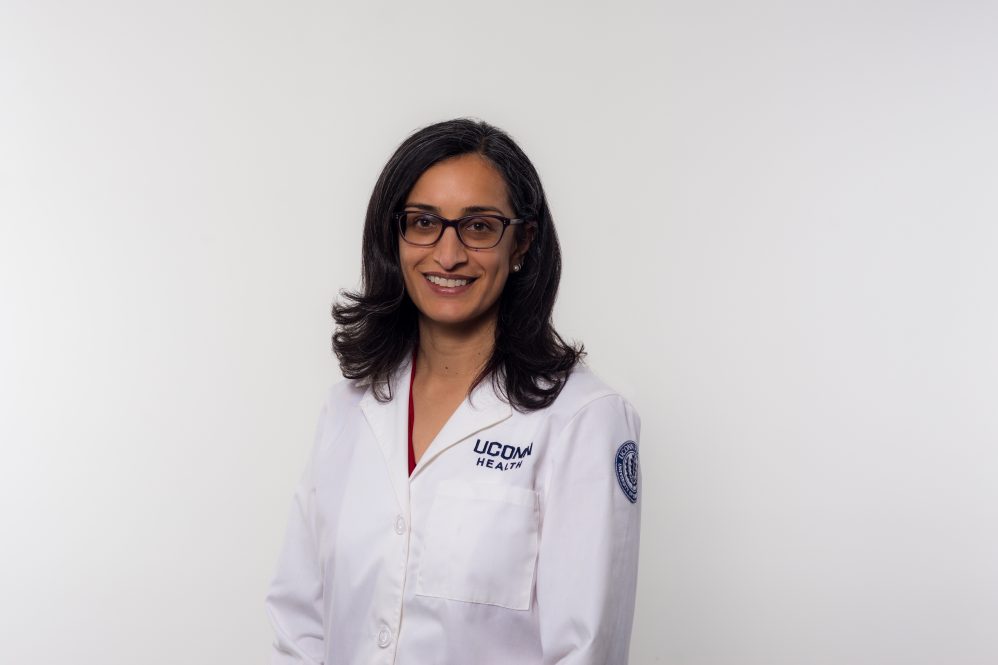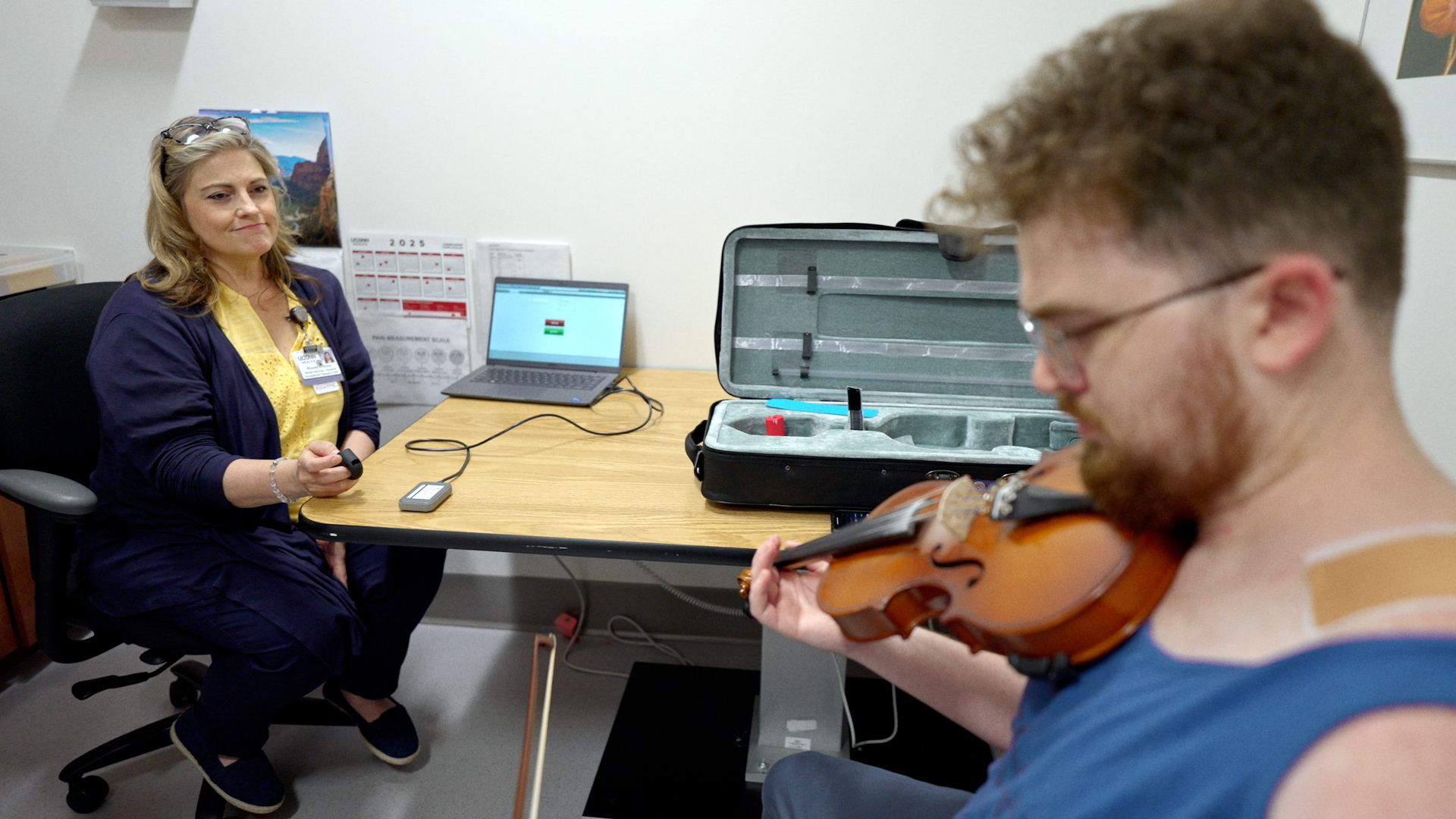Dr. Sophia Saeed, associate dean for clinical affairs at the School of Dental Medicine, has big ideas on how to change the future of dental education and patient care.
Saeed, along with a group of deans and faculty members from dental schools across the country, has been appointed to tackle issues facing dental education and patient care on the American Dental Education Association’s (ADEA) Envisioning and Transforming the Future of Oral Health & Education task force.
The task force is a culmination of the ADEA thought leader’s assembly titled “Imagining Oral Health Education for a Connected World” that convened last fall. The thought assembly, along with a nationwide climate study of dental education, landmark reports, presentations, and initiatives led by ADEA, have all influenced the development of the task force.
“ADEA for the past few years has been working on figuring out how to gather the data necessary to drive the change we know we need in dental education,” Saeed says.
According to ADEA, the task force is aiming to develop a shared vision for ideal oral health that involves its essential integration with overall health, while considering constant expansion of knowledge and expertise and emphasizing optimized access and public/patient health and wellness as the ultimate priority.
“The purpose that dental education exists is to provide better care for patients, so we really have to put the patient at the center of it,” Saeed adds. “We have to look at the data, we have to see where we have moved the needle the past couple of decades, and where we have not.”
The data tells a very complicated story. ADEA reports show the challenges that some dental schools are facing, including with succession planning, leadership development, and belonging and inclusion with students and faculty. For national trend data, there has been progress made with children’s oral health care—with an increase in preventive care, and overall, less disease burden. For adults, it’s a different story. The number of adults and older adults with cavities or missing teeth remains high.
Technological advances are on the rise, with digital dentistry and new cutting-edge treatments becoming popular, however access to these technologies varies. In addition to barriers to treatments, lack of access to prevention, nutrition counseling and healthy foods continue to pose issues for underserved communities. The gap between high income and low-income individuals continues to grow.
Another hurdle is the cost of dental school. Across the country, the cost of dental education continues to increase, with many students graduating with an considerable amount of debt. While educational debt has been increasing, third-party reimbursements for services has been decreasing steadily.
“We have a lot of great ideas for what care should look like. We want to see a reduced burden of disease, and to do that we have to see what has to change in the oral health care delivery system, and what has to change in the education of the folks that are joining that workforce” says Saeed.
Saeed is hopeful that the task force—made up of sharp, forward-thinking leaders in academic dentistry—will start to move the needle in the right direction. The task force will continue to meet through 2024 with the goal of a full report of recommendations at the 2025 ADEA Annual Session.
“We need a high level of disruption to really reimagine what the care delivery model looks like to better meet patient’s needs. And that requires we get out of the box that we’ve been in for decades.”



